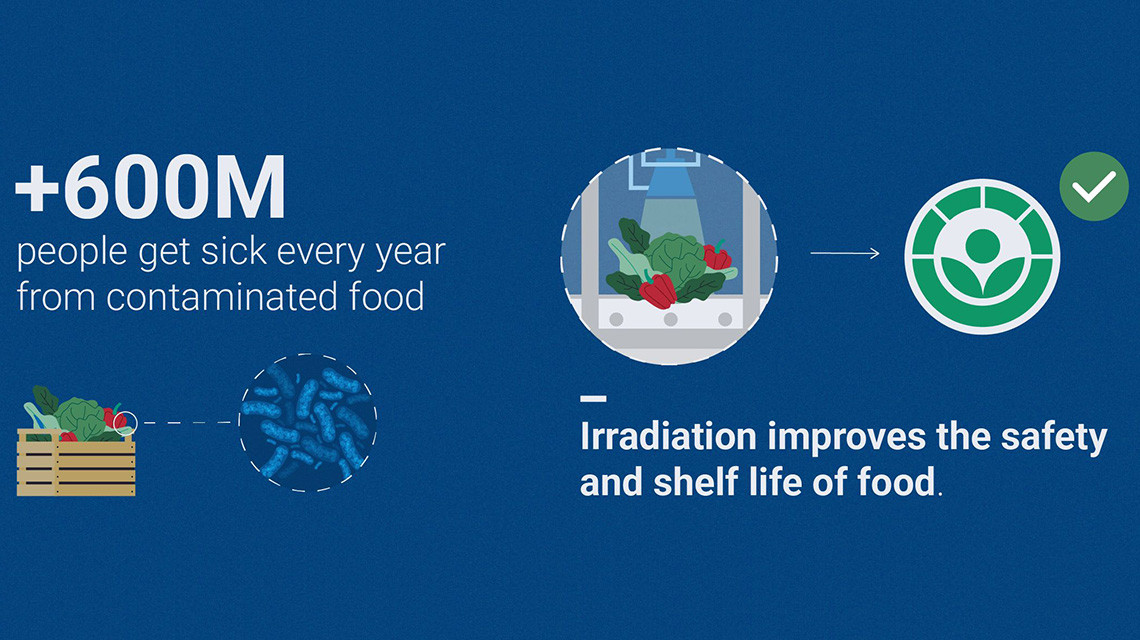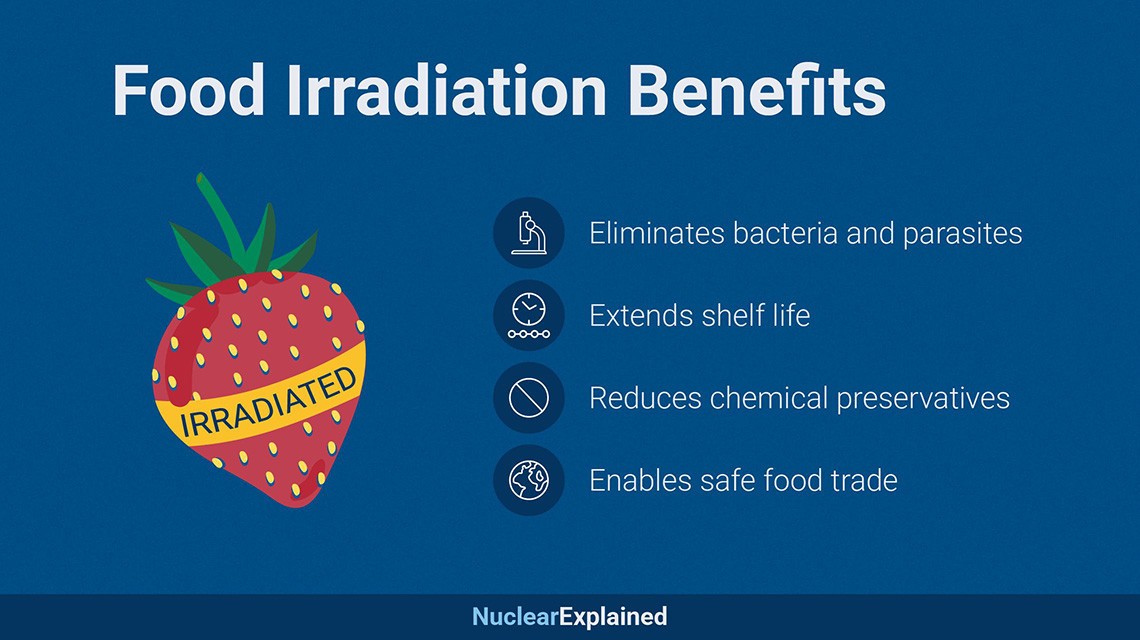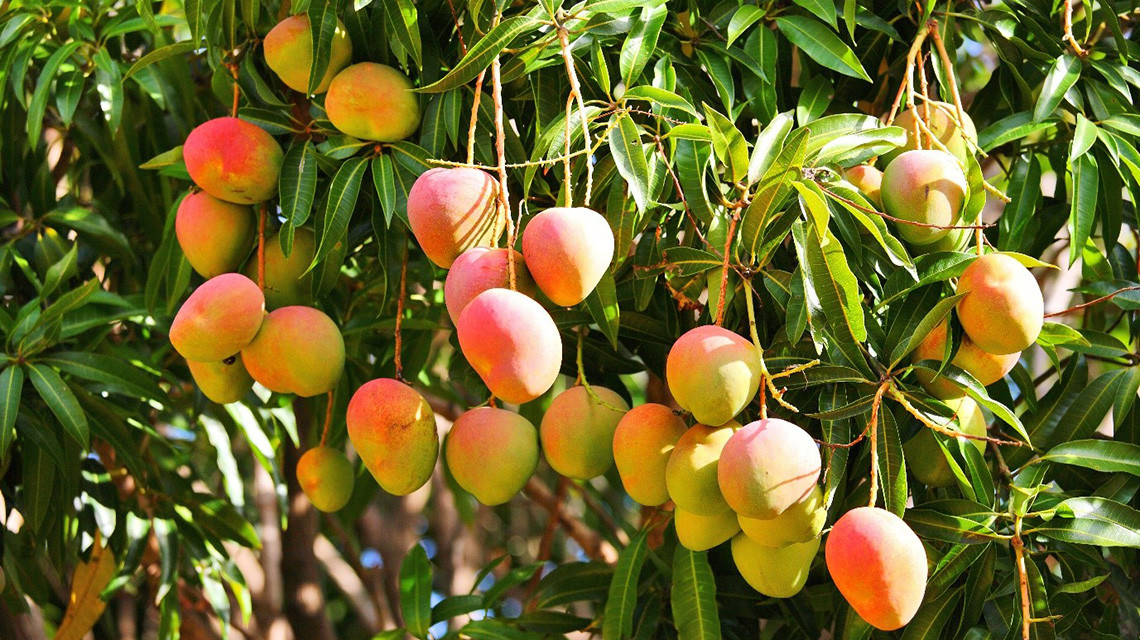Food irradiation is a gentle, non-invasive technique that uses radiation to keep food fresh and safe to eat. It eliminates microbes and controls insects and other pests while preserving the nutritional content, flavour and overall quality of food. It can also be used to stop the spread of insect pests. This technique uses radiation to transfer energy into food without changing its temperature or leaving residues. It is typically used to preserve the quality of high-value food items like spices, fish and meat, and now it is also applied to exotic fruits and vegetables.
Ensuring that food is available in adequate amounts but also nutritious and safe to eat is essential to food security. However, food is not just sustenance and nutrition; it is also part of our cultural heritage and identity. It is important that many techniques are available for making food safe to eat and wholesome while making sure it tastes, feels, smells, and looks good.
Food irradiation effectively extends the useful shelf life of food, reduces waste and ensures that consumers have access to fresh, top-quality products. For example, it can help fresh strawberries stored in a fridge last up to seven days longer.














